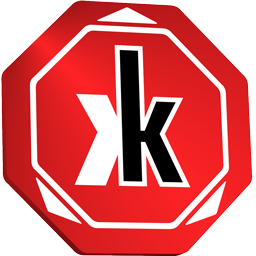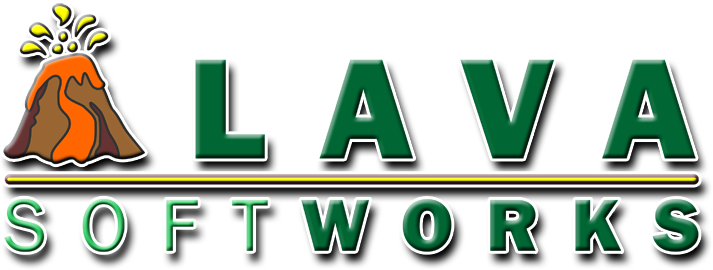Cards in Kobol are 8-sided images that are placed on the boards. They're built upon templates with variable attributes to enforce individuality, E.G.:
- The image of the character they’re based upon.
- A base element (fire, water, wind, etc.)
- Life, magic and energy points.
- Attack sides (1 to 8).
- Sockets where power-ups can be inserted.
- Attack, defense and passive skills.
- Other elements.
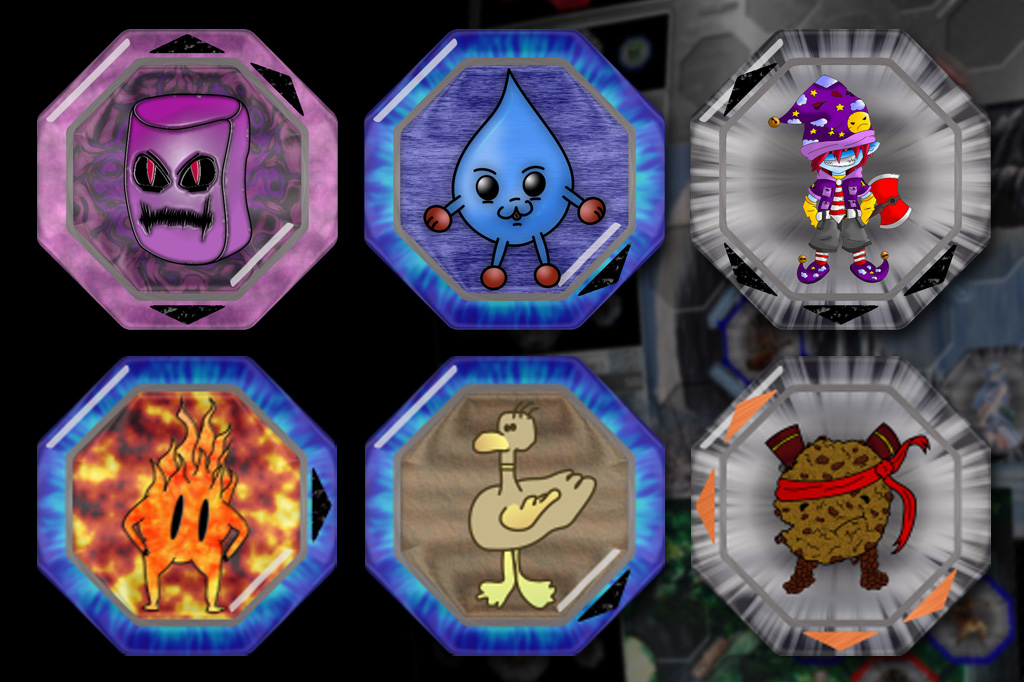
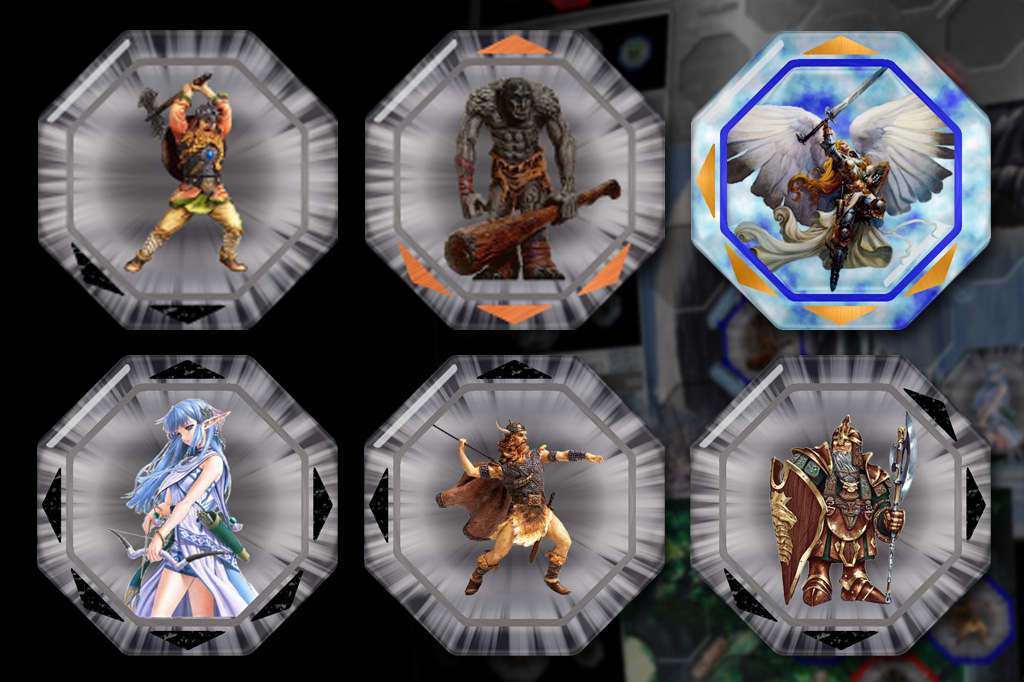
Graphic elements
- Outer body color: tells the card's nature and it can be physical (gray), magical (blue), psionic (purple) among many other.
- Inner body color: tells the base element of the non-physical cards, I.E. magic/ground (Magical Cariñopato of the Earth): blue outside/light brown inside, magic/fire (Ember): blue outside/fire texture inside.
- Border color: tells the "set type": if a card is normal, rare, unique or part of a set.
- Arrows color: tells the hierarchy class: minion (black), boss (orange), king, avatar or god.
Note: colors/patterns mentioned above might differ from the ones actually used, and might even be different from universe to universe.
The next screenshots show a template source file and how the elements are laid out:

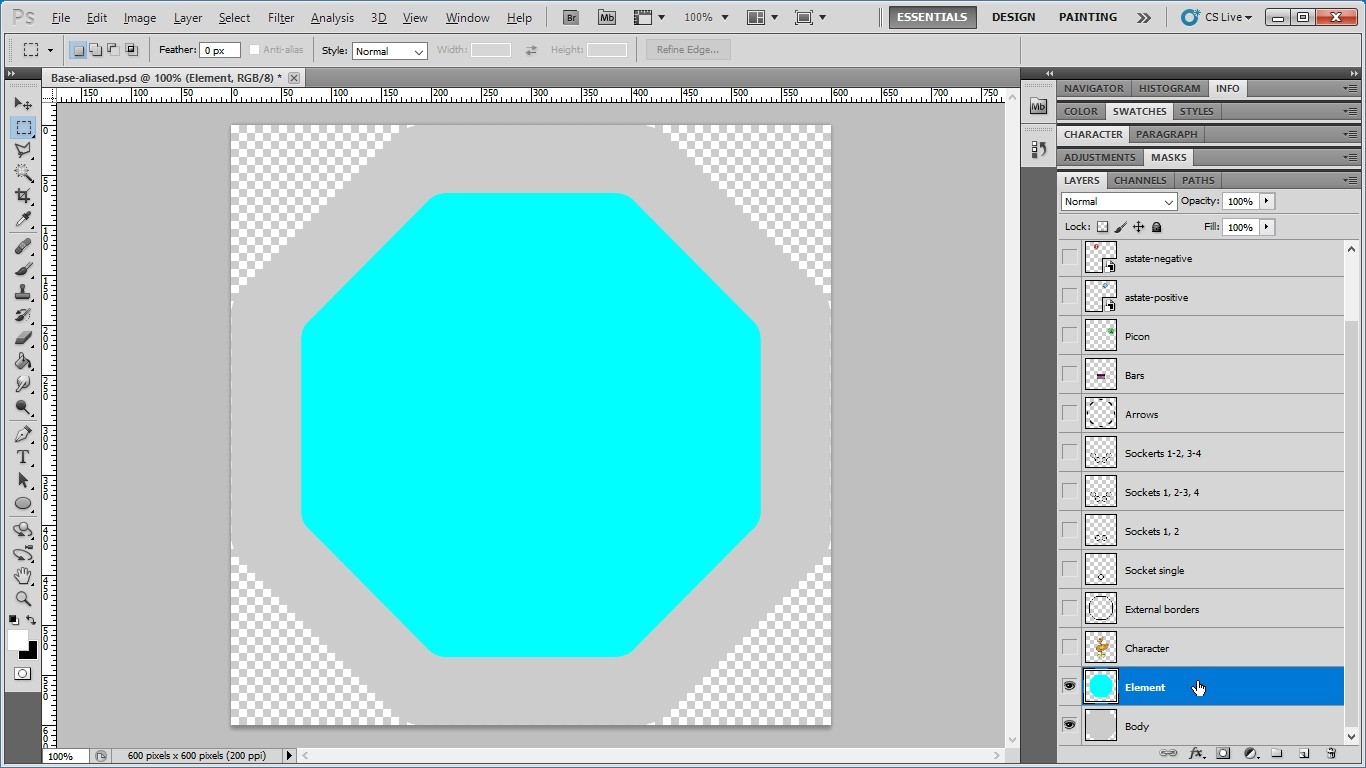
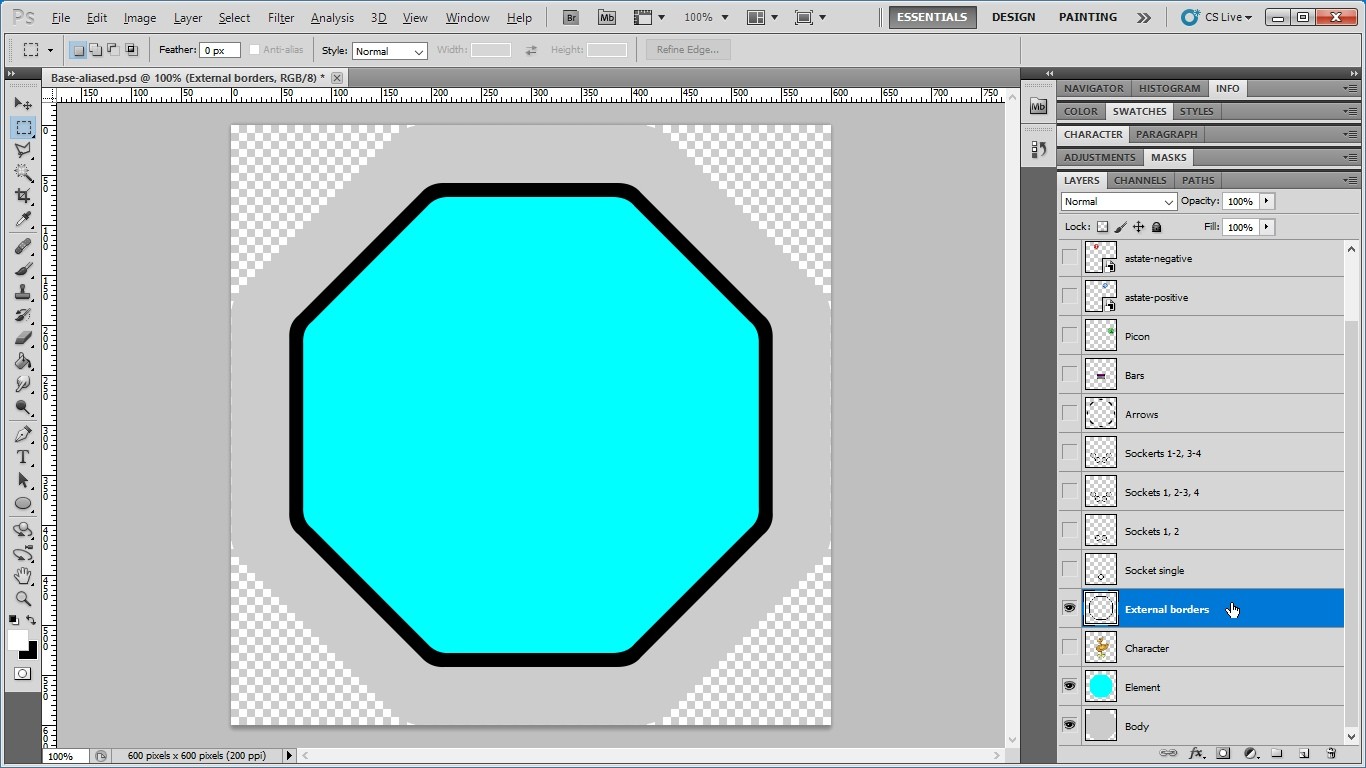
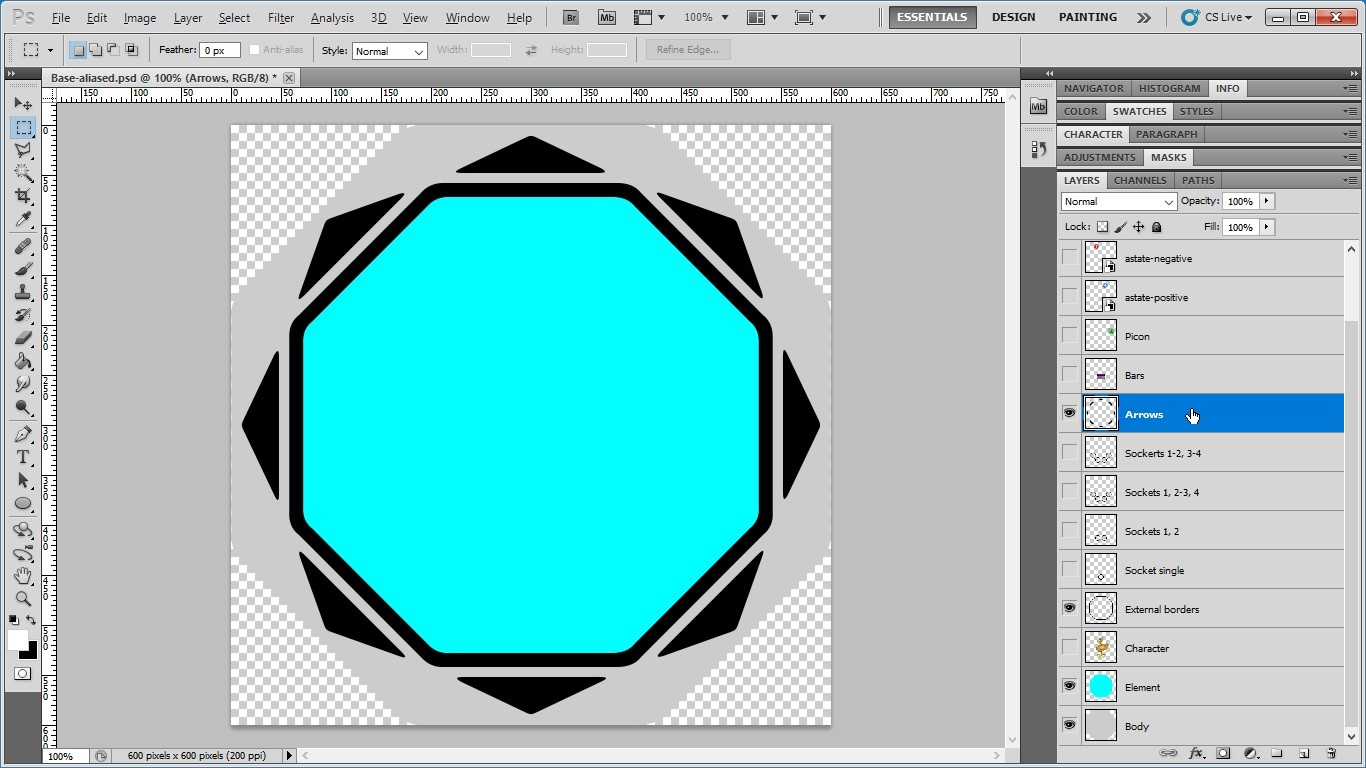
As you can notice on the images above, card images are built upon layers, and all those layers are defined in a template. To learn more about templates, you need to take a look at the About Card Templates doc.
But for creating a card, you don't need to worry about the template implications. You just need that the image of your character fits inside the square area of the "inner body" as shown below:
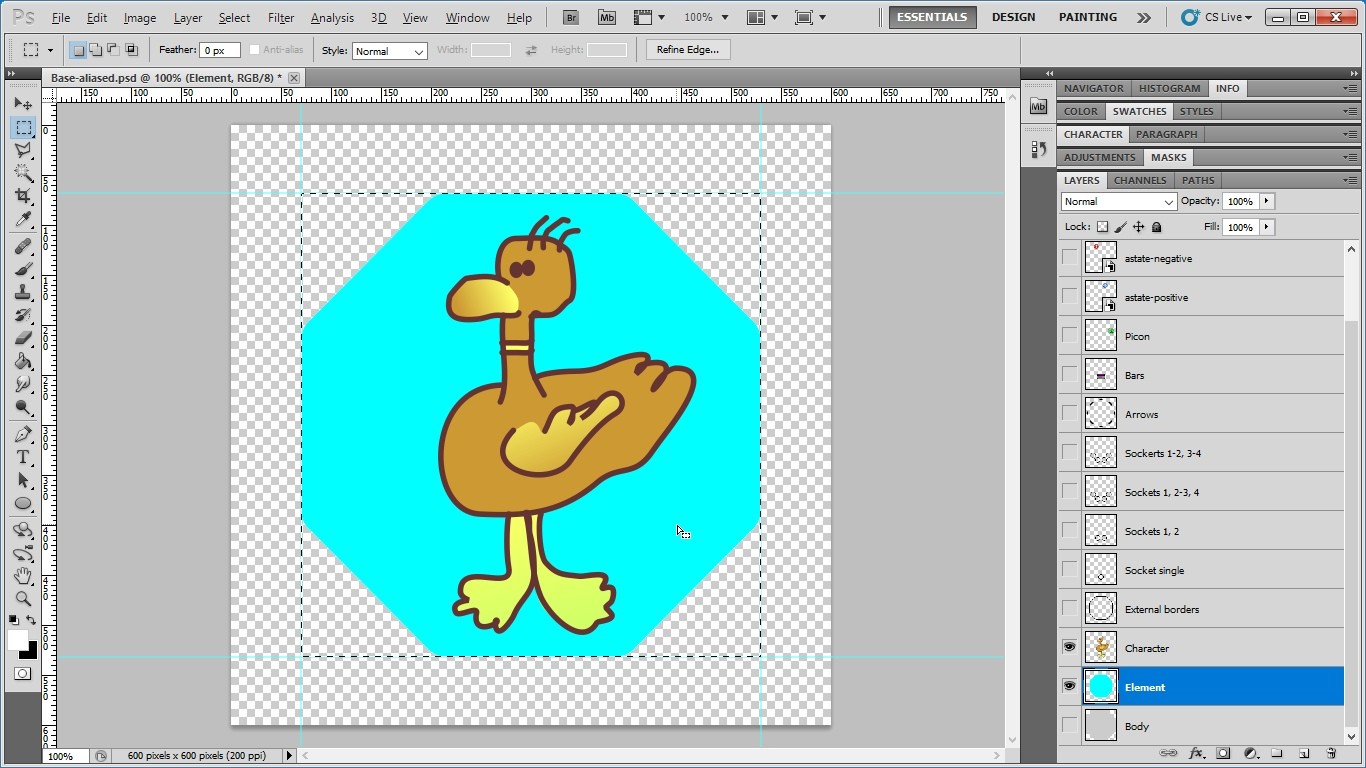
The basic card attributes
These attributes define the basic definitions for a card: level, hit dice, mana dice, energy dice, XP plus (optional) and arrows or "sides" (attack/defense directions).
- The level of a card is calculated upon its fights: every time a card "flips" an opponent, it gains experience points. Once enough XPs are gained, the card steps to the next level. In the end, the level is a multiplier for all the other card attributes.
- "Dices" (hit, mana and energy) are factors that determine the amount of hit points (HPs, I.E. the card's life), mana points (MPs, I.E. "magical power") and energy points (EPs, I.E. "mind power"). The dice is multiplied by the card level in order to get the points.
- XP plus is a bonus of experience points that some cards might have.
- Arrows define the directions to which the card can attack and from where they can defend.
Natural defenses/resistances and bonuses
Normally, cards won't require any special considerations.
But when dealing with special characters, and specially those that deal magic damage or cast spells, you might want to give them a bonus.
XP Plus above is used when you want special character cards to give experience bonuses, but you can also give them natural resistances or increased dices.
You can also give the cards attack bonuses for increased damage.
The main reason to use these settings can be simplified with this example: a water elemental has full resistance to water damage (I.E. water damage will give them life instead of taking it) but receives increased damage by fire. It also has a damage penalty when using fire based attacks.
In order to fully understand how attributes work, you might want to take a deep look at the Attributes Manual.
Attacks and skills
There are three types of skills a card uses:
- Attack: used to inflict damage to the targets.
- Harm: used to alter defenses or inflict altered states to the targets.
- Support: used to benefit self or to the targets.
Most cards will need one or two attack skills, and just a few of them will have harm or support skills. It all depends on how the universe is designed and how balanced the characters are.
